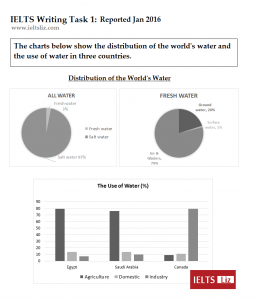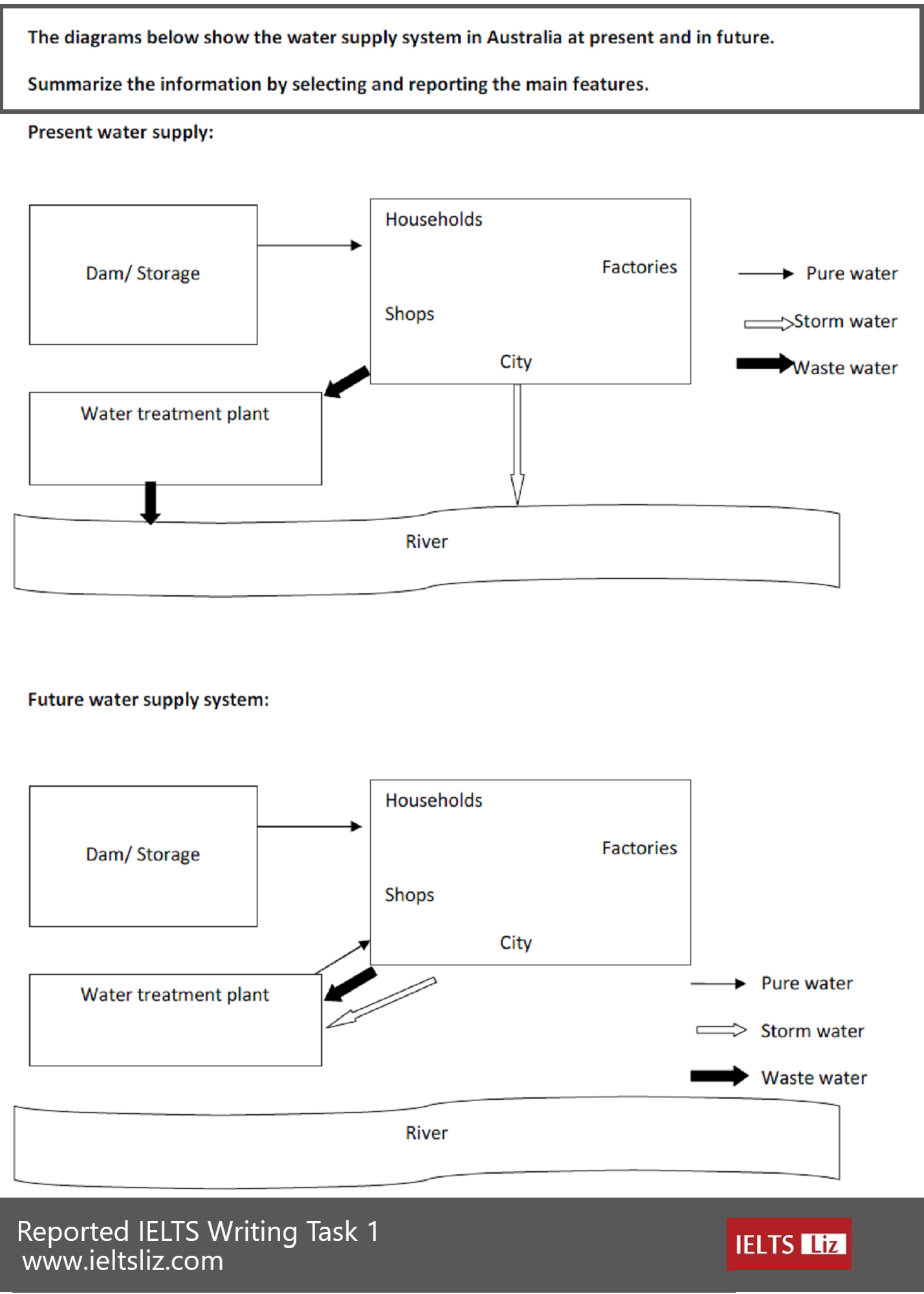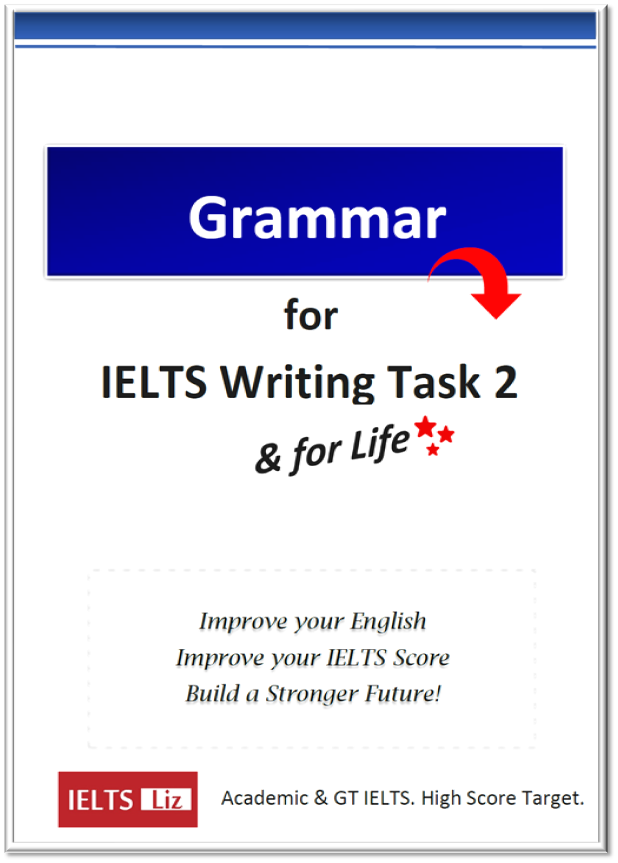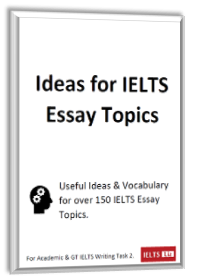Learn how your words are counted in IELTS. This page explains about counting words, numbers and symbols. You need to know how words are counted for IELTS listening, reading and writing. If you make mistakes with the number of words, you can lose points which can affect your band score.
How words are counted in IELTS
1. Numbers, dates and time are counted as words in writing. For example 30,000 = one word / 55 = one word / 9.30am = one word / 12.06.2016 = one word. “Six million” is counted as two words in IELTS writing. In listening, 30,000 is counted as one number and 9.30AM is also counted as one number.
2. Dates written as both words and numbers are counted in this way: 12th July = one number and one word in IELTS listening and as two words in IELTS writing.
3. Symbols with numbers are not counted. For example, 55% = one number (the symbol “%” is not counted as a word). However, if you write “55 percent” it is counted as one word and one number.
4. Small words such as “a” or “an” are counted. All prepositions, such as “in” or “at” are also counted. All words are counted.
5. Hyphenated words like “up-to-date” are counted as one word.
6. Compound nouns which are written as one word are also counted as one word. For example, blackboard = one word.
7. Compound nouns which are written as two separate words, are counted as two words. For example, university bookshop = two words.
8. All words are counted, including words in brackets. For example in IELTS writing, “The majority of energy was generated by electricity (55%).”. This sentence is counted as 9 words. The number in brackets is counted. Brackets can be used in IELTS Writing Task 1, but not in IELTS Listening or IELTS Reading.
9. Some people have asked me if words such as “the” are counted only once regardless of how many times they are used. It is best to illustrate: “The man walked into the shop for the newspaper” = 9 words.
10. Contractions are counted as: it’s = one word / it is = two words.
Tips
- Get useful tips and advice about the word count for IELTS writing.
- Start learning how to write compound nouns correctly. Some are one word and some are written as two words. If you make a mistake, it can affect your band score. Here’s a useful link: Compound Nouns List.
- Learn more about the meaning of ” no more than one word and/or a number” in listening and reading, by watching the video on the main IELTS Listening Page.
.






